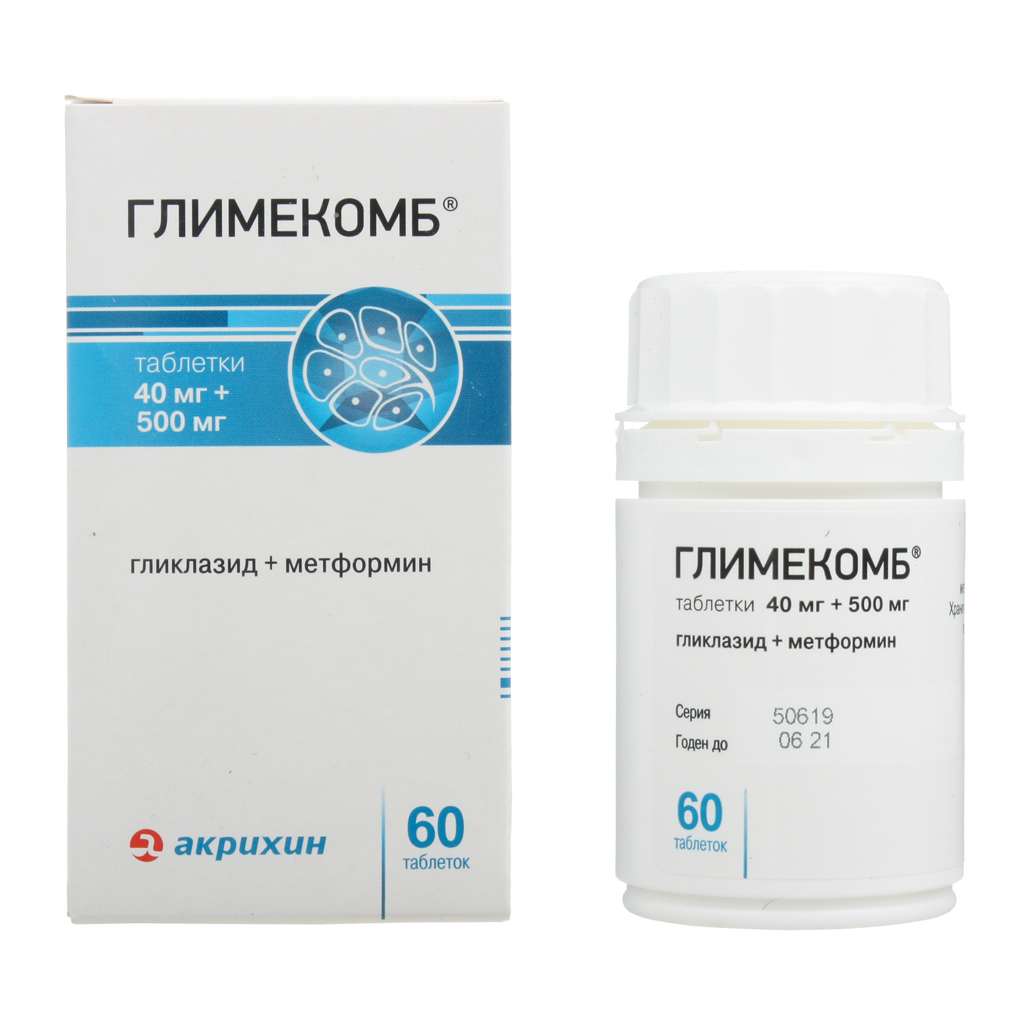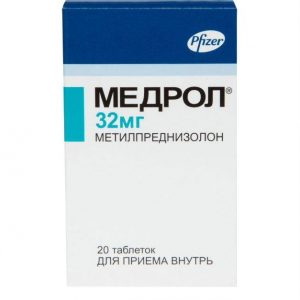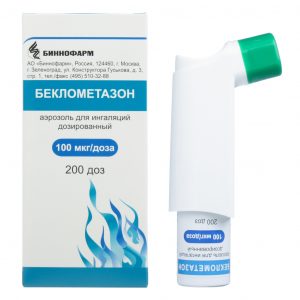Description
Latin name
GLIMEKOMB
Release form
Tablets from white to white with a creamy or yellowish tint, flat cylindrical, with chamfer and risk marble is allowed.
Packing
10 pcs. – blister packs (6) – packs of cardboard.
Pharmacological action of
GLIMECOMB is a fixed combination of two oral hypoglycemic agents of various pharmacological groups: glycoslazide and metformin. It has pancreatic and extrapancreatic effects.
Gliclazide stimulates the secretion of insulin by the pancreas, increases the sensitivity of peripheral tissues to insulin. Stimulates the activity of intracellular enzymes – muscle glycogen synthetase. It restores the early peak of insulin secretion, reduces the time interval from the moment of eating to the start of insulin secretion, reduces postprandial hyperglycemia. In addition to affecting carbohydrate metabolism, it affects microcirculation, reduces platelet adhesion and aggregation, delays the development of parietal thrombosis, normalizes vascular permeability and inhibits the development of microthrombosis and atherosclerosis, restores the process of physiological parietal fibrinolysis, and counteracts an increased reaction to vascular adrenaline. Slows the development of diabetic retinopathy at the non-proliferative stage with diabetic nephropathy with prolonged use, a significant decrease in proteinuria is noted. It does not lead to an increase in body weight, since it has a predominant effect on the early peak of insulin secretion and does not cause hyperinsulinemia, it helps to reduce body weight in obese patients, following an appropriate diet.
Metformin belongs to the group of biguanides. It reduces the concentration of glucose in the blood by inhibiting gluconeogenesis in the liver, reducing the absorption of glucose from the gastrointestinal tract and increasing its utilization in tissues. Reduces the concentration in the blood serum of triglycerides, cholesterol and low density lipoproteins (determined on an empty stomach) and does not change the concentration of lipoproteins of other densities. Helps stabilize or reduce body weight. In the absence of insulin in the blood, the therapeutic effect is not manifested. Hypoglycemic reactions do not cause. Improves the fibrinolytic properties of blood due to the suppression of the inhibitor of the activator profibrinolysin (plasminogen) tissue type.
Indications
Type 2 diabetes mellitus with ineffective diet therapy, exercise, and prior therapy with metformin or gliclazide.
Substitution of prior therapy with two drugs (metformin and gliclazide) in patients with type 2 diabetes with a stable and well-controlled blood glucose level.
Contraindications
Hypersensitivity to metformin, glyclazide or other sulfonylurea derivatives, as well as adjuvants
type 1 diabetes mellitus
diabetic ketoacidosis, diabetic precoma, severe diabetic coma srdlkrd acute which can lead to a change in kidney function: dehydration, severe infection, shock
acute or chronic diseases accompanied by tissue hypoxia: heart or respiratory failure, recent myocardial infarction, shock
liver failure
porphyria
pregnancy, breastfeeding srdlkrd infectious diseases, major surgical interventions, injuries, extensive burns and other conditions requiring insulin therapy
chronic alcoholysis m acute alcohol intoxication
lactic acidosis (including a history of)
use for at least 48 hours before and within 48 hours after conducting radioisotope or x-ray studies with the introduction of iodine-containing contrast medium
adhering to a low-calorie diet (less than 1000 calories / day).
It is not recommended to use the drug in people over 60 years old who perform heavy physical work, which is associated with an increased risk of developing lactic acidosis in them.
Use during pregnancy and lactation
The use of the drug Glimecomb during pregnancy is contraindicated. When planning pregnancy, as well as in case of pregnancy during the period of taking the drug Glimecomb, it should be abolished and insulin therapy should be prescribed.
Glimecomb is contraindicated in breastfeeding, since the active substances can be excreted in breast milk. In this case, you must switch to insulin therapy or stop breastfeeding.
Composition of
One tablet contains:
active substances: metformin hydrochloride in terms of 100% substance-500 mg, glycoslide in terms of 100% substance-40 mg
excipients: sorbitol, povidone, croscarmellose sodium, magnesium stearate.
Dosage and administration
The drug is used orally, during or immediately after a meal. The dose of the drug is determined by the doctor individually for each patient, depending on the level of blood glucose.
Typically, the initial dose is 1 to 3 tablets per day with a gradual selection of the dose until a stable compensation of the disease is achieved.
Usually the drug is taken 2 times a day (yrpm and in the evening). The maximum daily dose is 5 tablets.
Side effects of
Metabolism: if the dosing regimen is disturbed and diet is inadequate – hypoglycemia (headache, tiredness, hunger, sweating, severe weakness, palpitations, dizziness, impaired coordination of movements, temporary neurological disorders can cause progression loss of self-control and consciousness to patients) in some cases – lactic acidosis (weakness, myalgia, respiratory disorders, drowsiness, abdominal pain, hypothermia, decreased ar erialnogo pressure bradyarrhythmia reflex).
From the digestive system: dyspepsia (nausea, diarrhea, a feeling of heaviness in the epigastrium, a metallic taste in the mouth), decreased appetite – the severity decreases when taking the drug with food rarely – liver damage (hepatitis, cholestatic jaundice – requires discontinuation of the drug, increased activity of liver transaminases, alkaline phosphatase).
From the side of hematopoietic organs: rarely – inhibition of bone marrow hematopoiesis (anemia, thrombocytopenia, leukopenia).
Allergic reactions: itching, urticaria, maculopapular rash.
In case of side effects, the dose should be reduced or the drug should be temporarily discontinued.
Other: visual impairment.
Common side effects of sulfonylurea derivatives: erythropenia, agranulocytosis, hemolytic anemia, pancytopenia, allergic vasculitis, life-threatening liver failure.
Drug Interaction
Effect on the ability to drive vehicles and control mechanisms:
Caution is advised when driving vehicles and engaging in other potentially dangerous activities requiring increased psychiatric alertness and speed.
Overdose
Overdose or the presence of risk factors can trigger the development of lactic acidosis, as the drug includes metformin. If symptoms of lactic acidosis appear, discontinue the drug. Lactic acidosis is a condition that requires immediate medical attention to treat lactic acidosis in a hospital.
Hemodialysis is the most effective treatment.
Overdose can also lead to the development of hypoglycemia due to the presence of gliclazide in the composition. In case of hypoglycemia, light or moderate glucose (dextrose) or sugar solution is taken orally. In the case of severe hypoglycemia (loss of consciousness), a 40% solution of dextrose (glucose) or glucagon is administered intravenously, intravenously, intramuscularly, subcutaneously. After regaining consciousness, the patient should be given carbohydrate-rich foods to avoid recurrent hypoglycemia.
Storage conditions
In a dry, dark place at a temperature of no higher than 25 ° C.
Expiration
2 years.
Active ingredient
Gly Clazid, Metformin
Terms of delivery from pharmacies
Prescription
dosage form
dosage form PMA
Akrikhin CPC JSC, Russia




